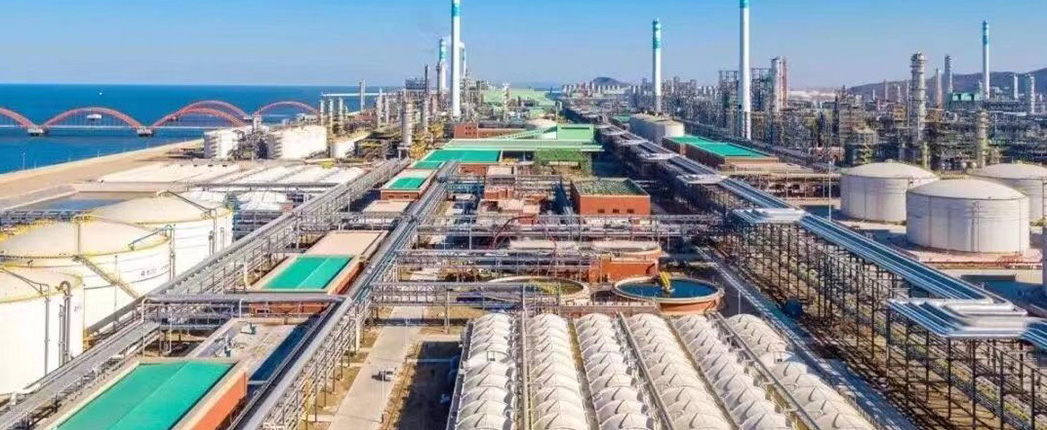
China’s base oil supply base underwent a drastic shift the past two decades from API Group I to Group II stocks. At the same time, the country’s consumption of Group III oils grew significantly, which is one reason that it continues to import vast volumes of base stocks.
In recent years, several domestic refiners have built their own Group III plants. For a variety of reasons, though, those facilities are not meeting market’s needs. As a result, one analyst says, imports will probably continue to dominate the nation’s Group III market.
Capacity is a major reason, said Zhang Chenhui, an industry veteran who spent most of his career at Sinopec’s refinery in Maoming, China, before retirement.
“The capacity that companies claimed sounds like a great number, but it’s not only about Group III oils,” Zhang said. “There will be many other products, such as solvent naphtha.” Zhang was talking about Lu’an Group, which supplies coal-based Group III oil. Lu’an’s facility, which uses Chevron’s dewaxing technology, has the capacity to bring 350,000 tons of coal-based Group III oils to the market each year, the company says.
“The capacity for Group III oils might be only around 100,000 t/y, and Lu’an will supply its own lube subsidiary first,” Zhang said, referring to Taihang Lube. “So the amount for the market is very limited.”
Sinopec is a similar story. The company’s facilities in Maoming, Guangdong province, and Gaoqiao, Shanghai, use imported paraffinic crude oils, mostly from United Arab Emirates, to produce a variety of products, including Group III oils.
“Such expensive crude oils will mainly be used to produce more profitable products, such as fuels,” Zhang said. “And the Group III oils will be primarily supplied to Sinopec’s own lube business.”
China has other Group III oil suppliers, including the private refiners Hengli Petrochemical Co., which is headquartered in Dalian, and Jingchen Petrochemical Group Co., based in Huantai, Shandong province. Hengli claims capacity of of 540,000 t/y and Jincheng puts its capacity at 500,000 t/y.
However, the Group III production of those companies is mostly about high viscosity grades, which does little help to ease the demand for low-viscosity oils, such as 4 centiStoke grades used to produce increasingly popular SAE 0W-30 and 5W-30 light-duty crankcase lubricants. So far, the companies have not announced plans to make low-viscosity Group III oils.
Lu’an’s rival in Inner Mongolia, coal-to-liquid refiner Yitai Coal Co., has yet to announce its coal-based Group III oil supply plan. Instead, it suspended in February a project to build a 2 million t/y CTL processing facility in Xinjiang, citing an economy seriously affected by the pandemic and environmental protection policies. “Chinese Group III oil market won’t see plenty of locally produced oils anytime soon,” Zhang said.